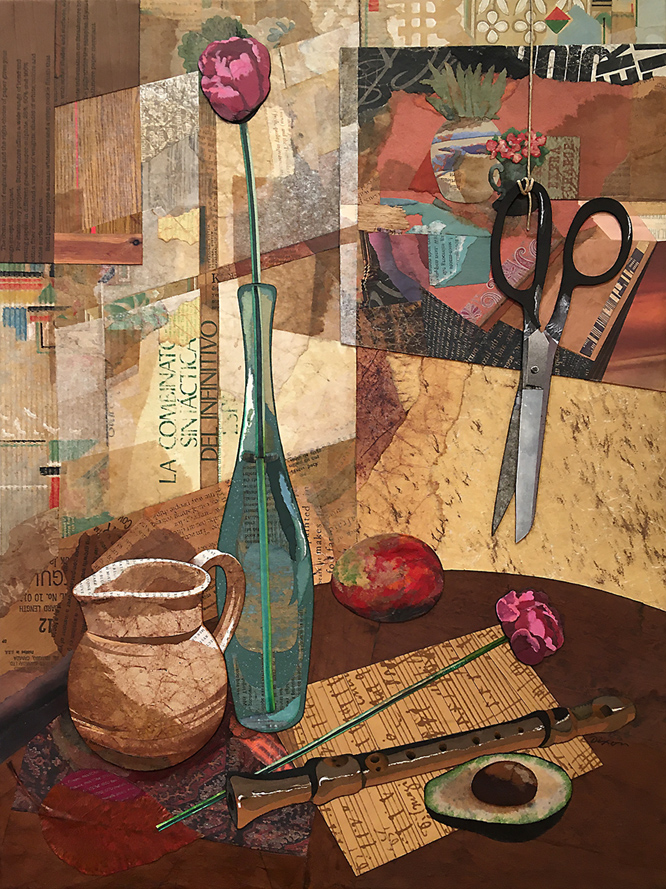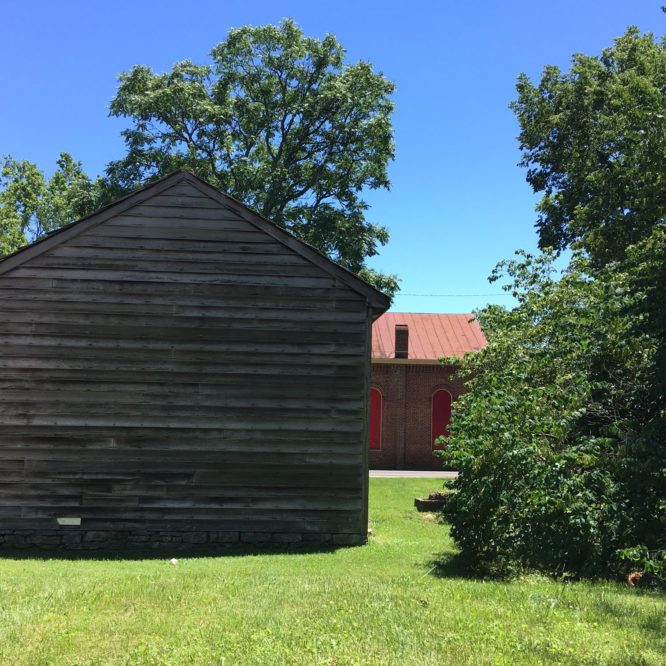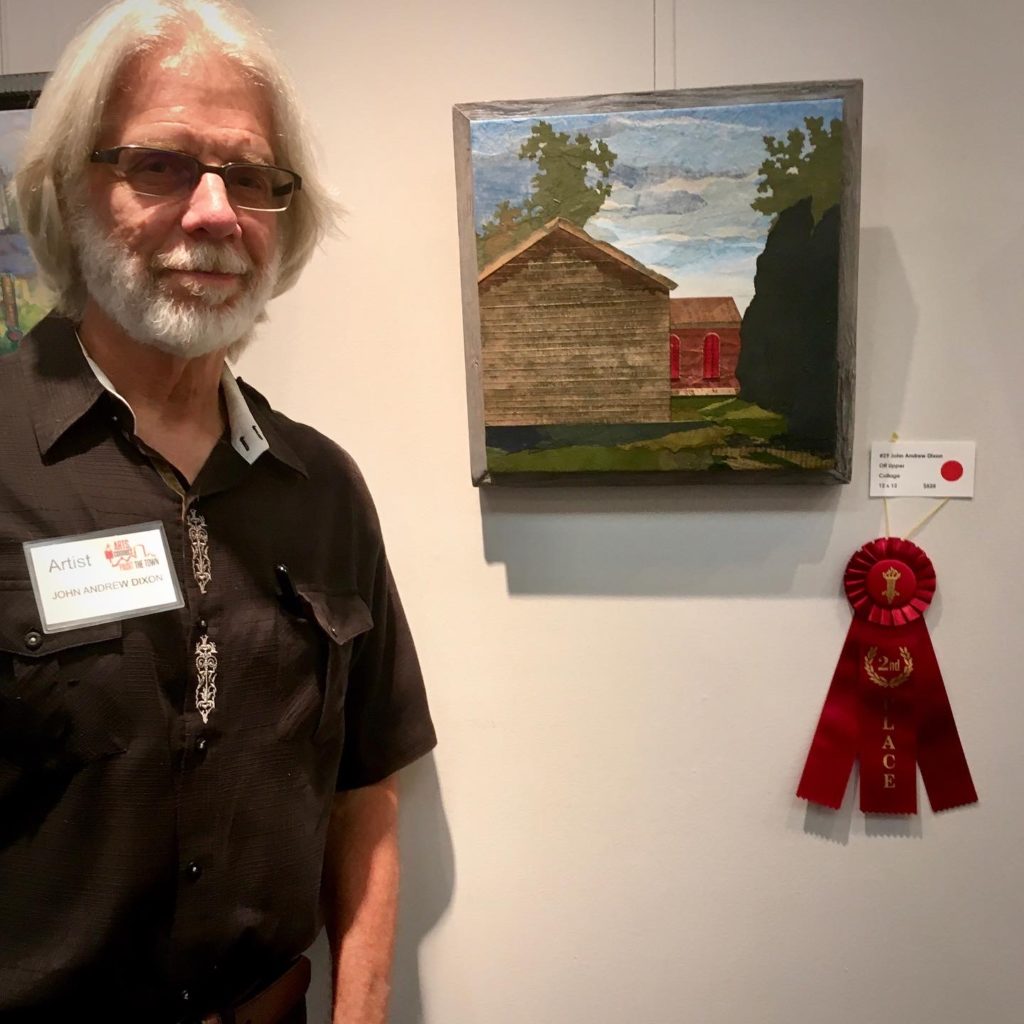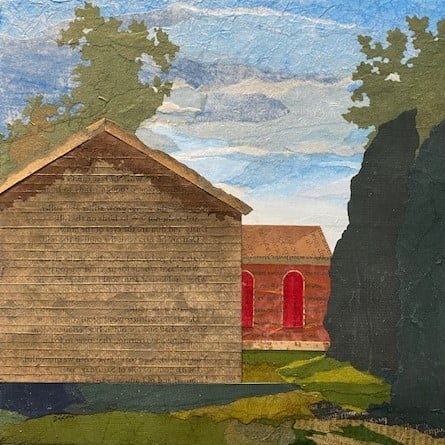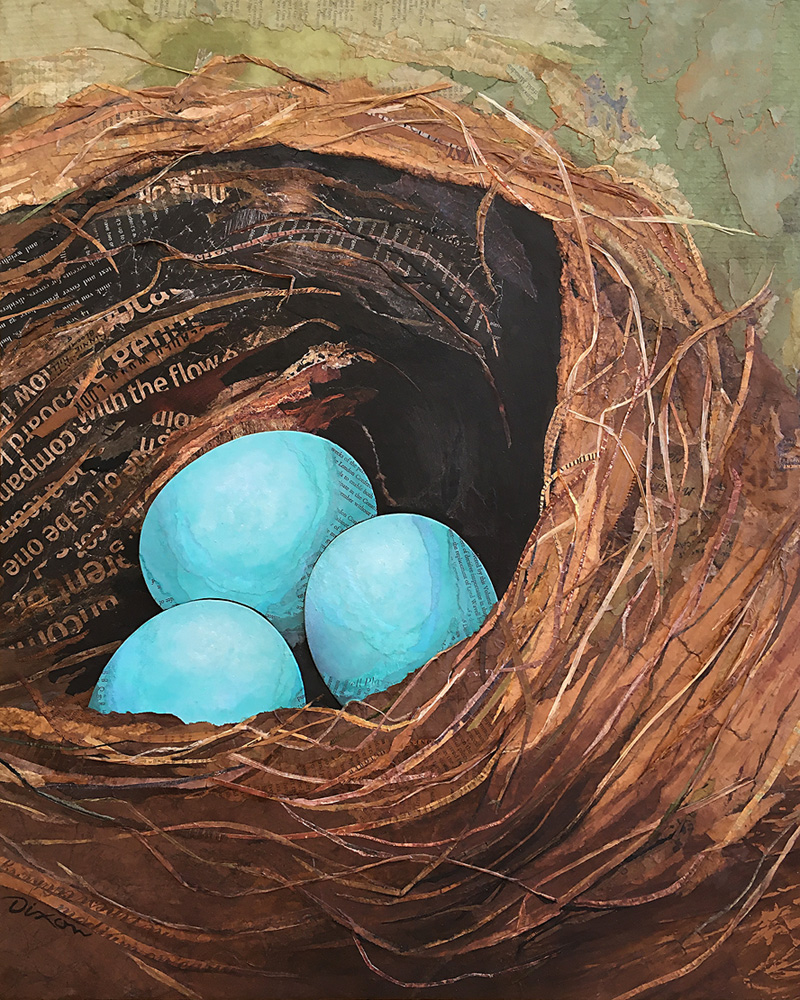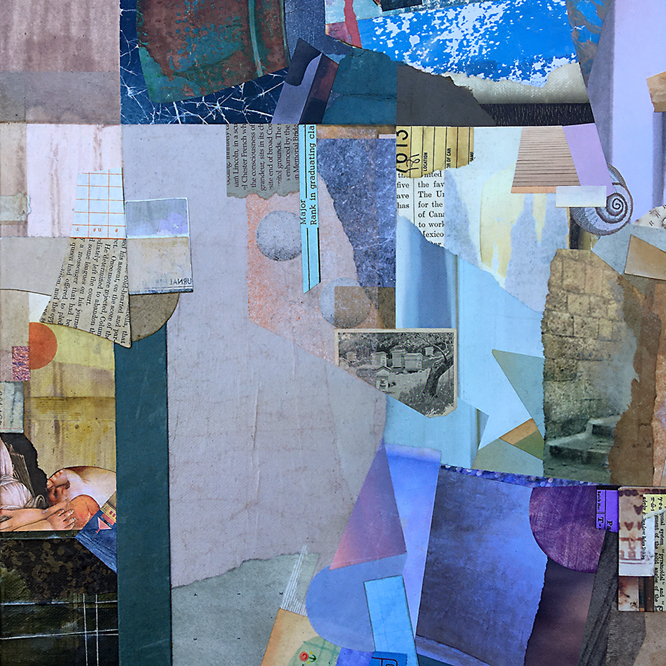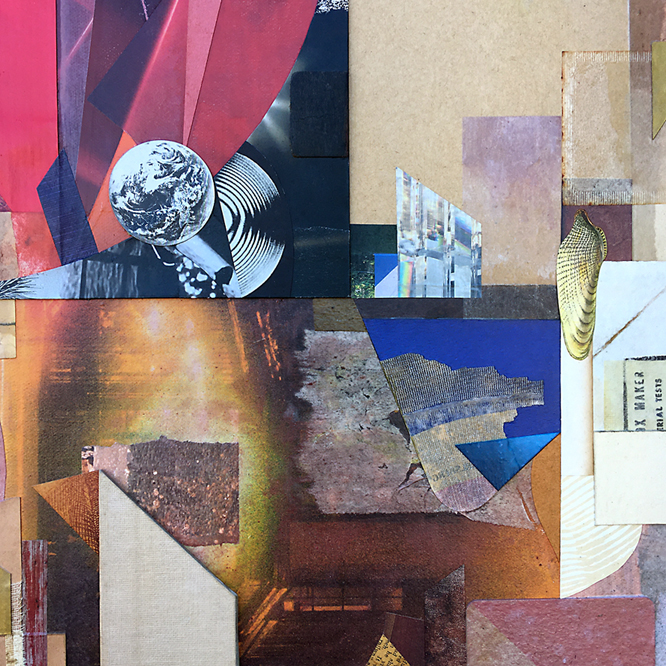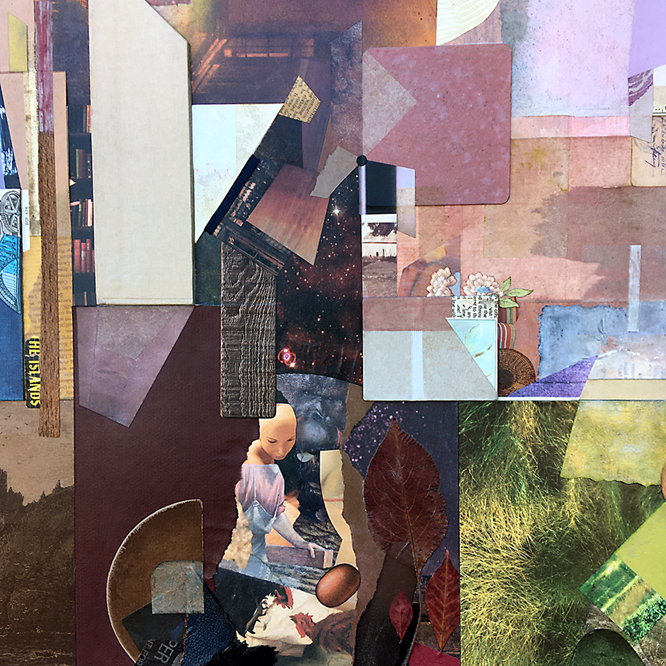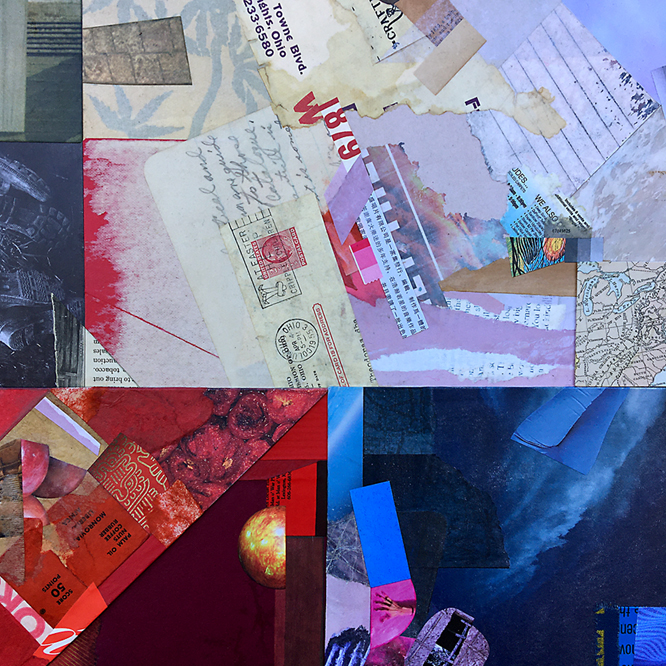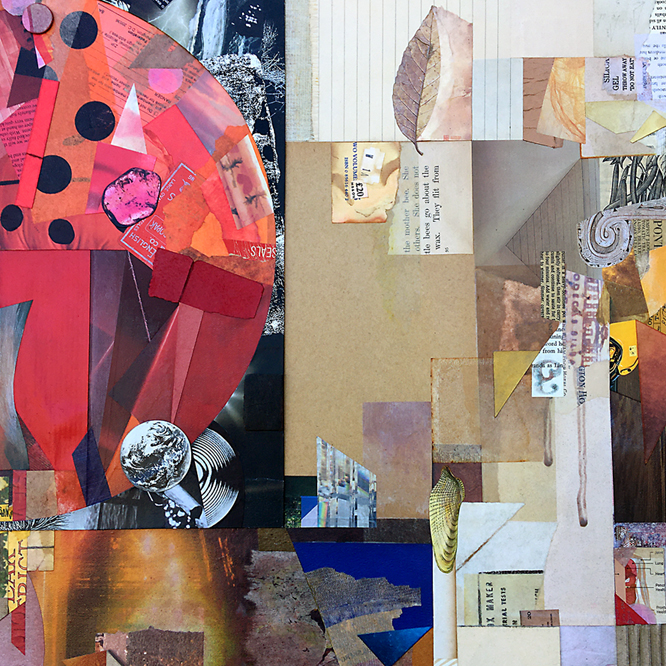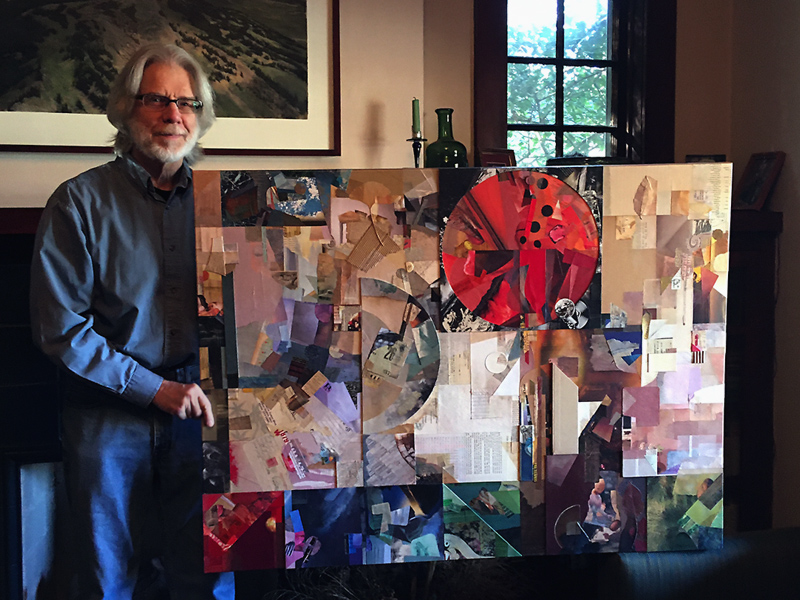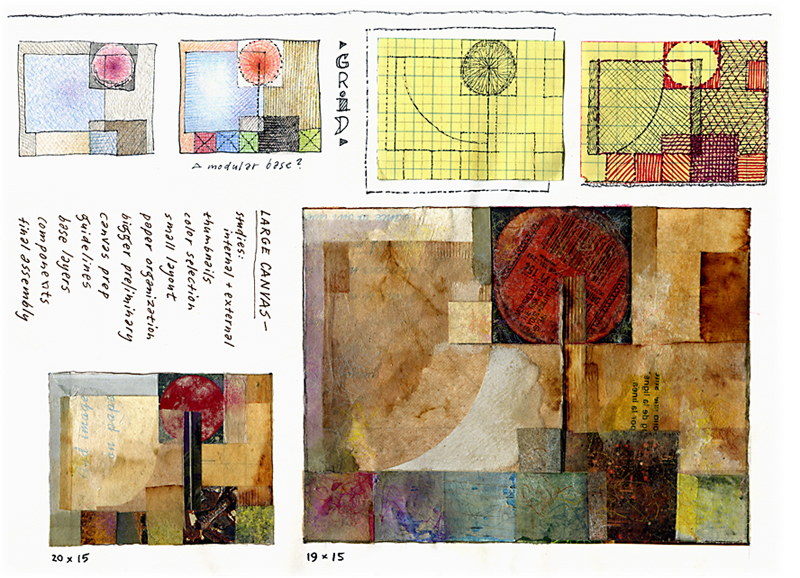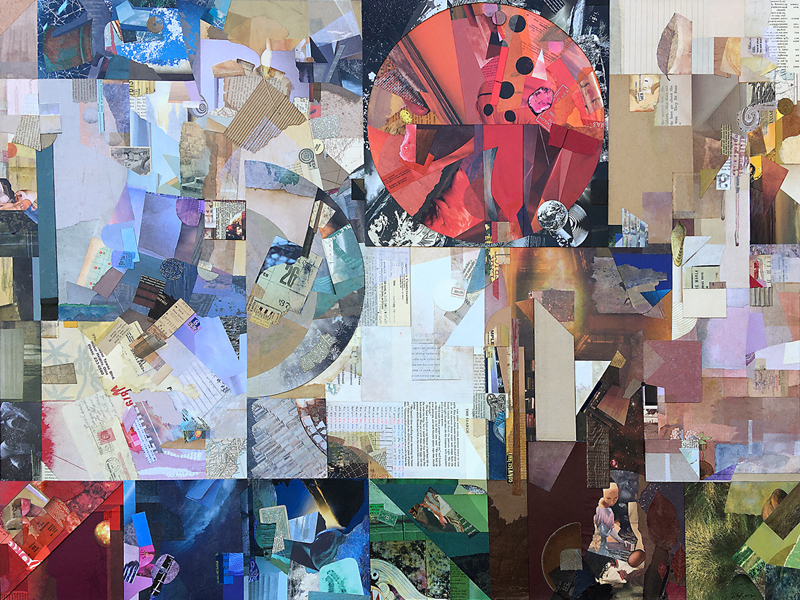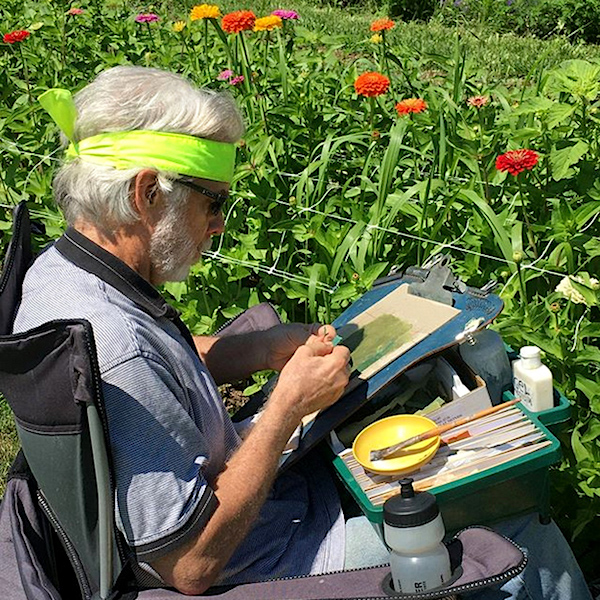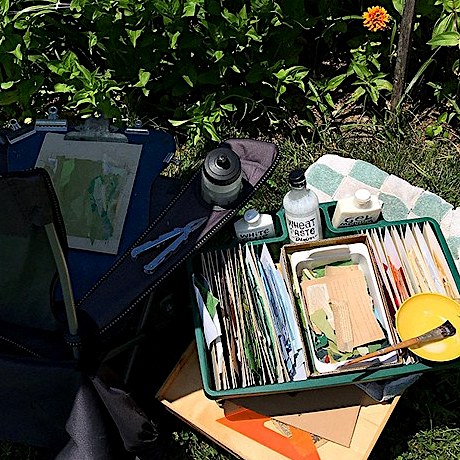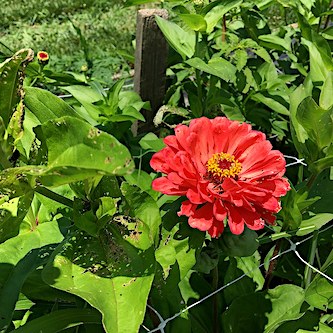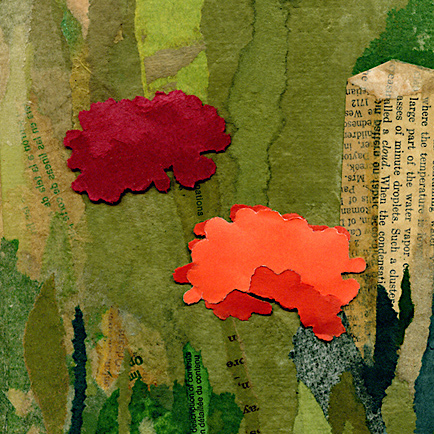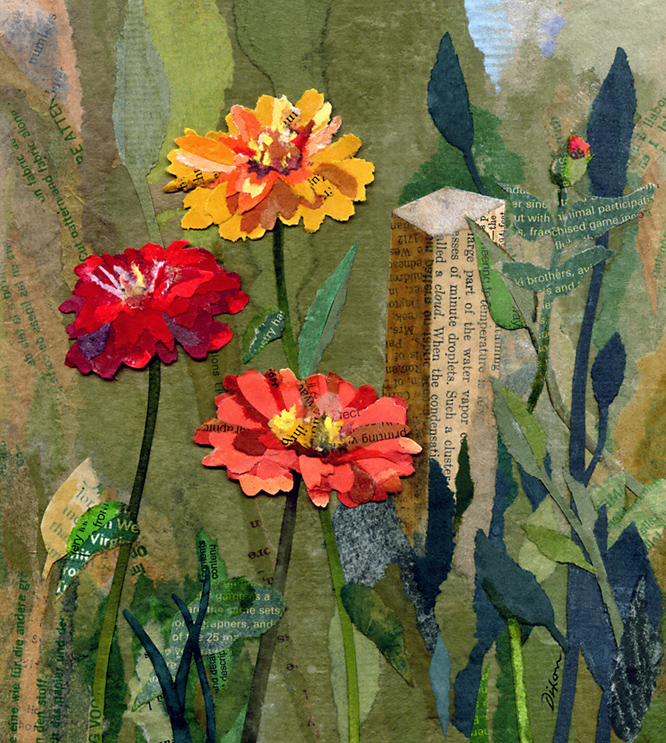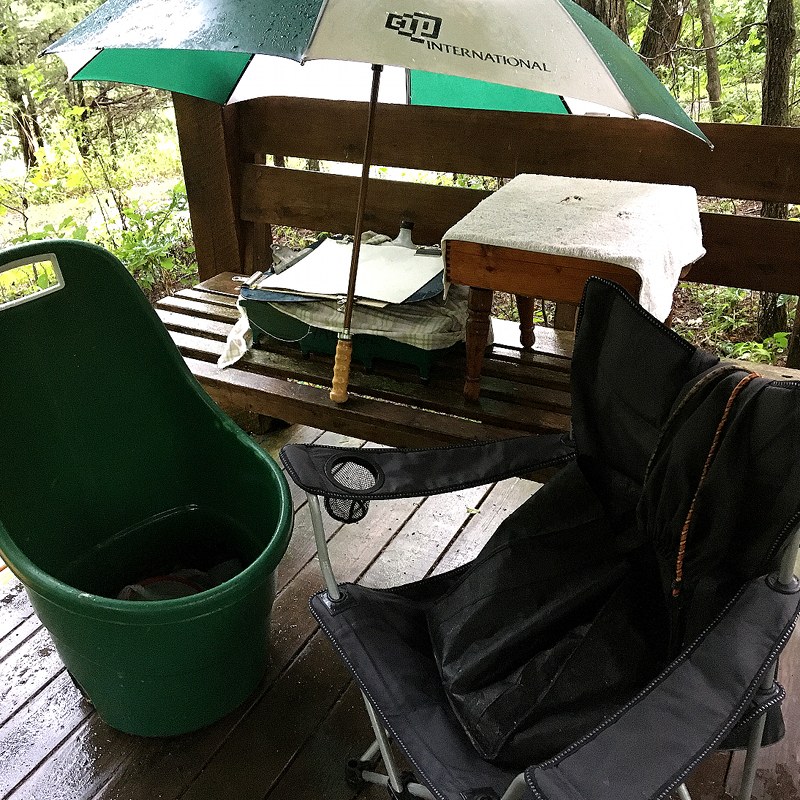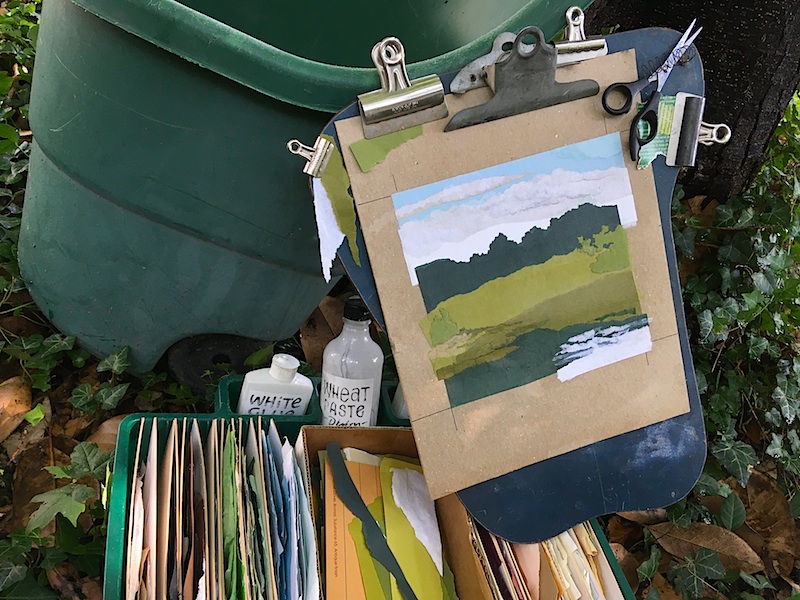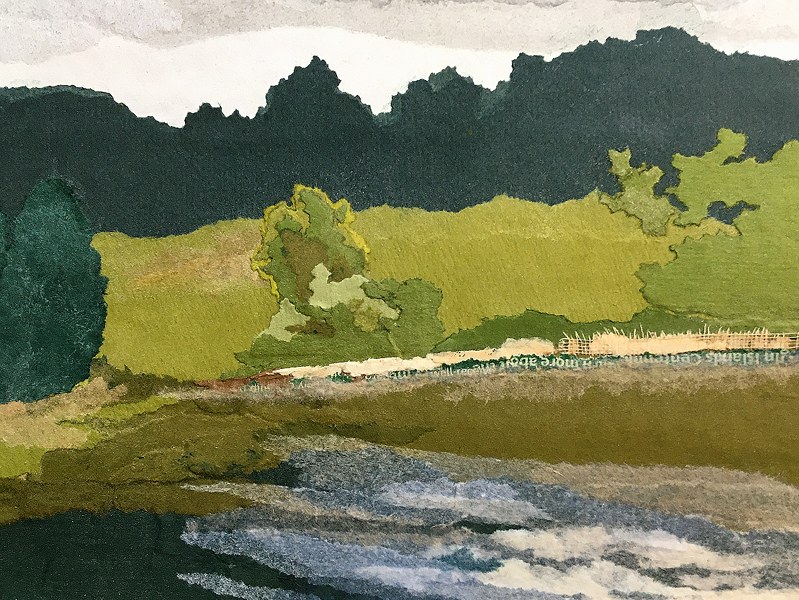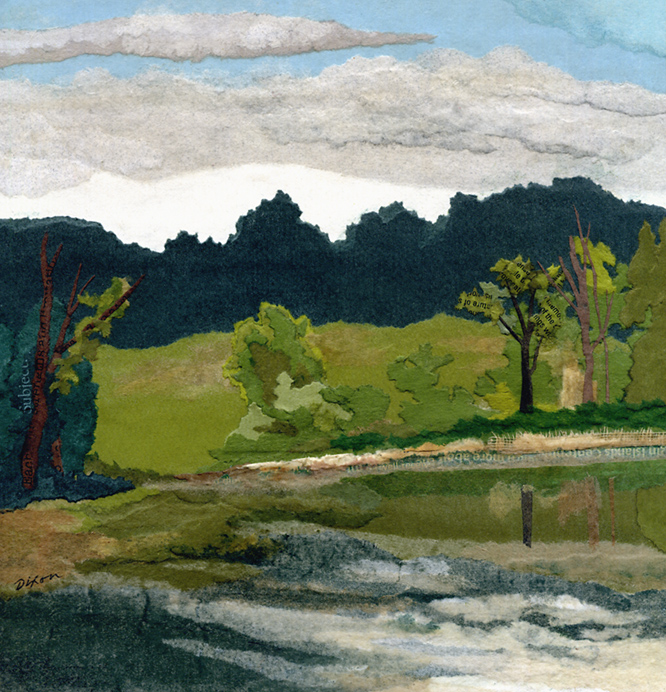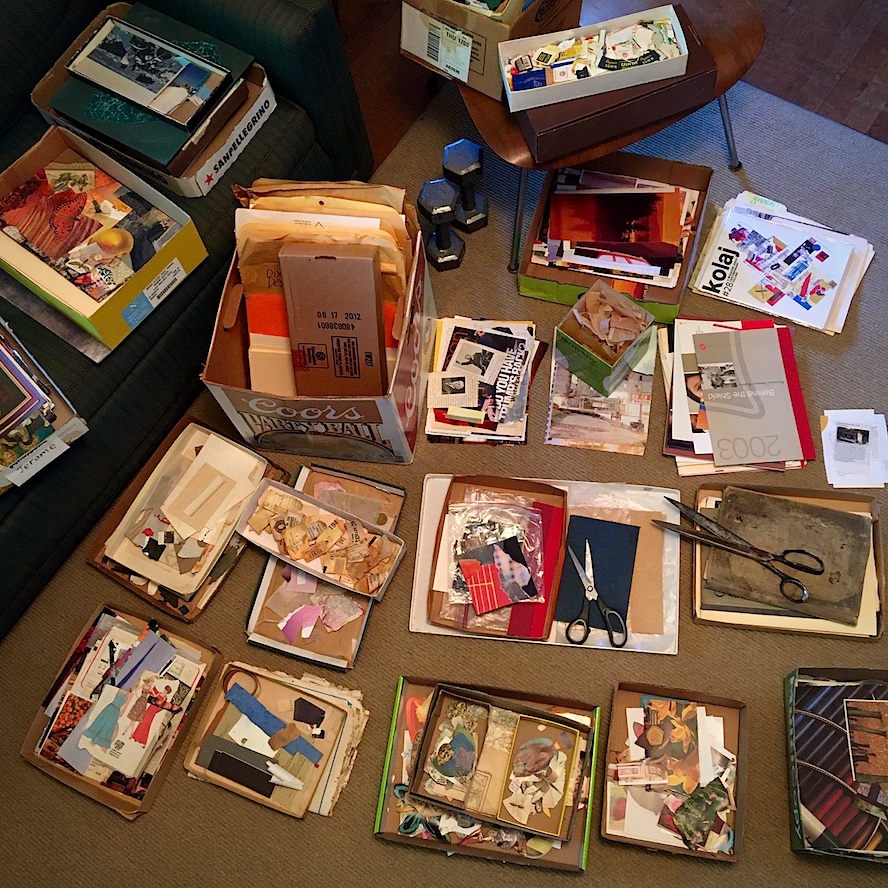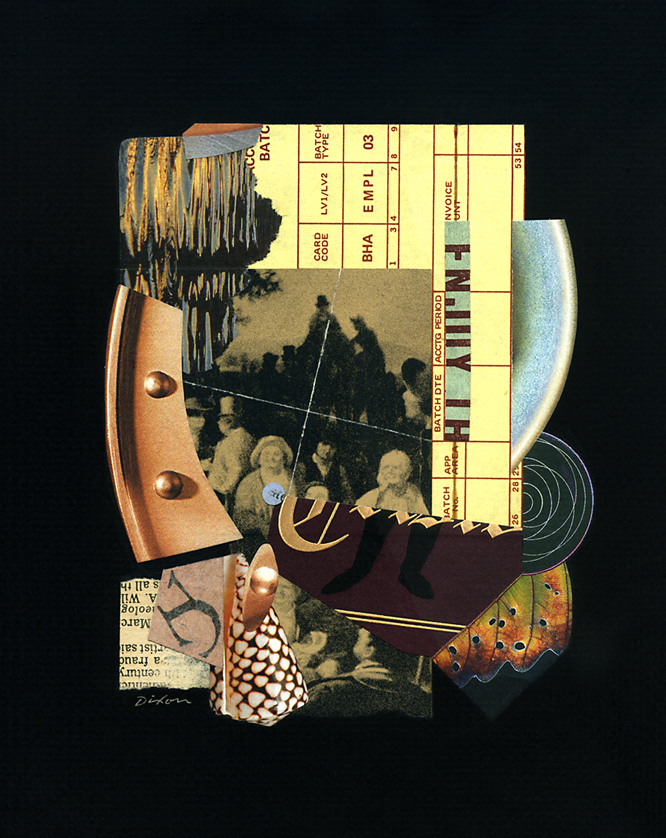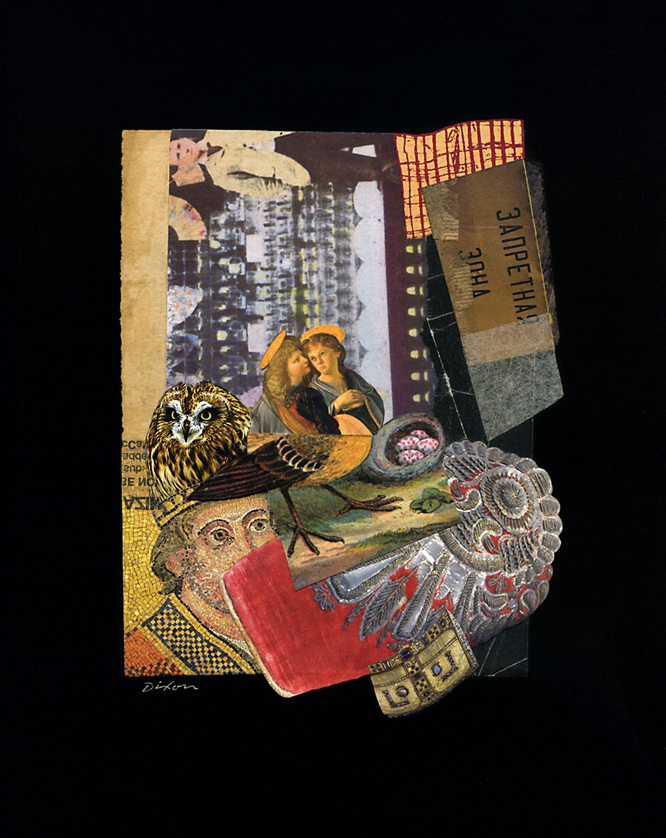“We think of the things we own and use as defining us in some way, but that can only be true if we first describe the things. Describing is a remarkable human act. It connects our inner and outer experience: as we observe and record the material world, we respond and reflect. We enter the realm where the material world meets the imagination. That’s the fertile ground of art.”
– Sheldon Tapley
I created this artwork for The Object Seen: Contemporary Still Life, current exhibition at Art Center of the Bluegrass in Danville. The juror was Sheldon Tapley, masterful painter, draftsman, and Stodghill Professor of Art at Centre College. I received a 2nd-place ribbon and cash prize. 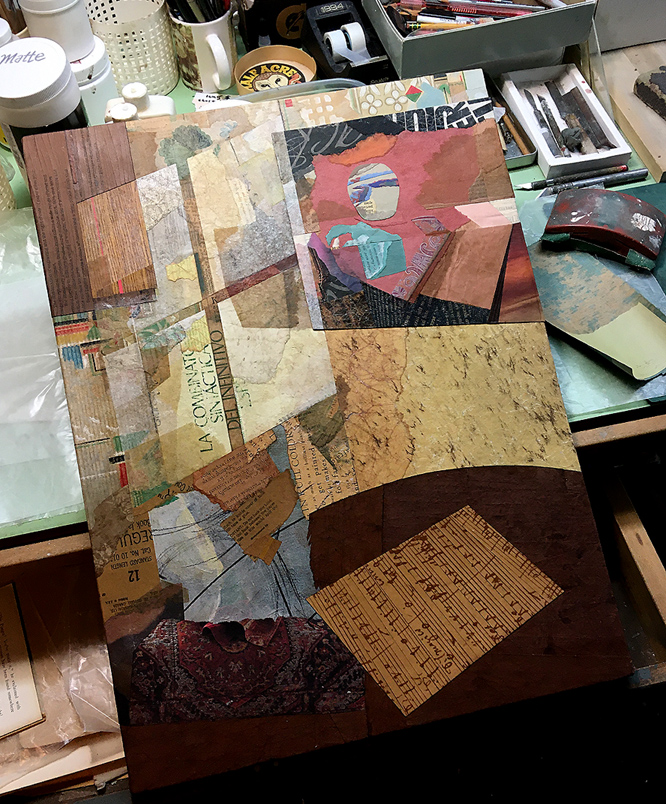 The honor came as a surprise, since I don’t consider myself a practitioner or student of still life as an art form. I have, however, looked deeply at artwork made by Sheldon and those who are. The arms-length quality of modern still life has compelled my close scrutiny for many years. Given that influence, I brought to the genre what I’ve discovered by “painting in papers” from direct observation (the long sweep of art history hovering somewhere outside my conscious awareness, with its rich tradition of artists tackling visual cornacopias of objects and edible fare). I decided to interpret a tabletop group of objects from raw material, rather than assemble a conventional collage composition from found images.
The honor came as a surprise, since I don’t consider myself a practitioner or student of still life as an art form. I have, however, looked deeply at artwork made by Sheldon and those who are. The arms-length quality of modern still life has compelled my close scrutiny for many years. Given that influence, I brought to the genre what I’ve discovered by “painting in papers” from direct observation (the long sweep of art history hovering somewhere outside my conscious awareness, with its rich tradition of artists tackling visual cornacopias of objects and edible fare). I decided to interpret a tabletop group of objects from raw material, rather than assemble a conventional collage composition from found images.
Please view a video clip of the juror’s remarks about my artwork.
The peony tulip blossoms were created en plein air in a local flower garden. The small “still life within a still life” was commenced and partially finished from a setup of actual objects. I relied on photo reference for the rest. Ingredients include colored paper (printed and unprinted), wallpaper, ruined book parts, tissue, reclaimed tea bags, string, and a dried leaf, plus minimal use of walnut juice, burnt coffee, tinted paste, and marker-ink edging. Adhesives include wheat paste, acrylic matte medium, and white glue.
Still Life with Peony Tulips
collage on salvaged canvas
18 x 23.75 inches
• Second Place Prize
